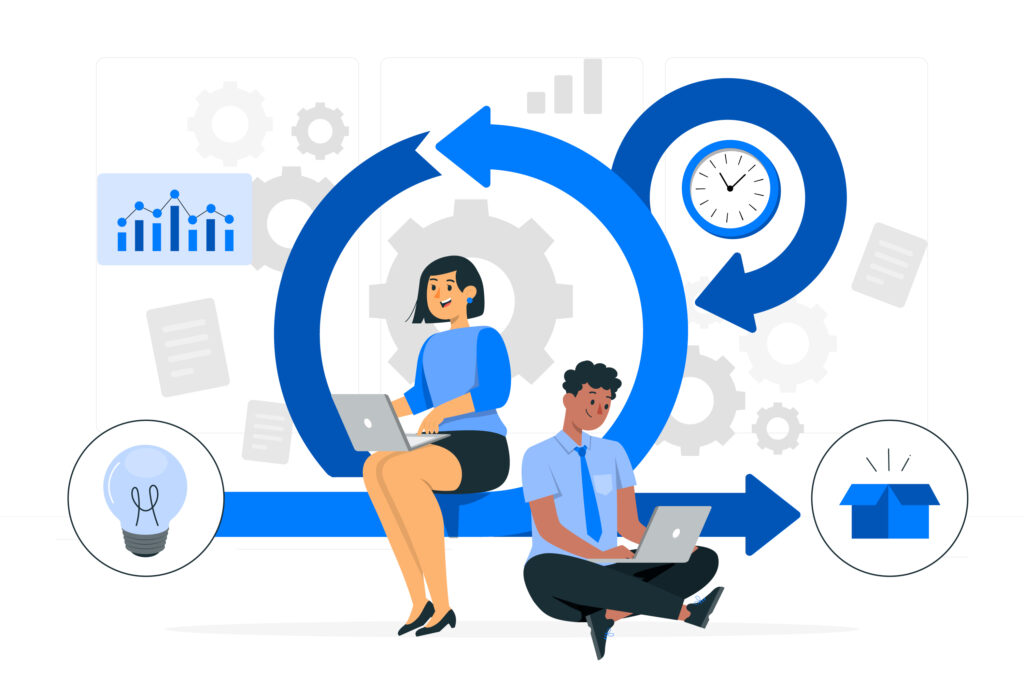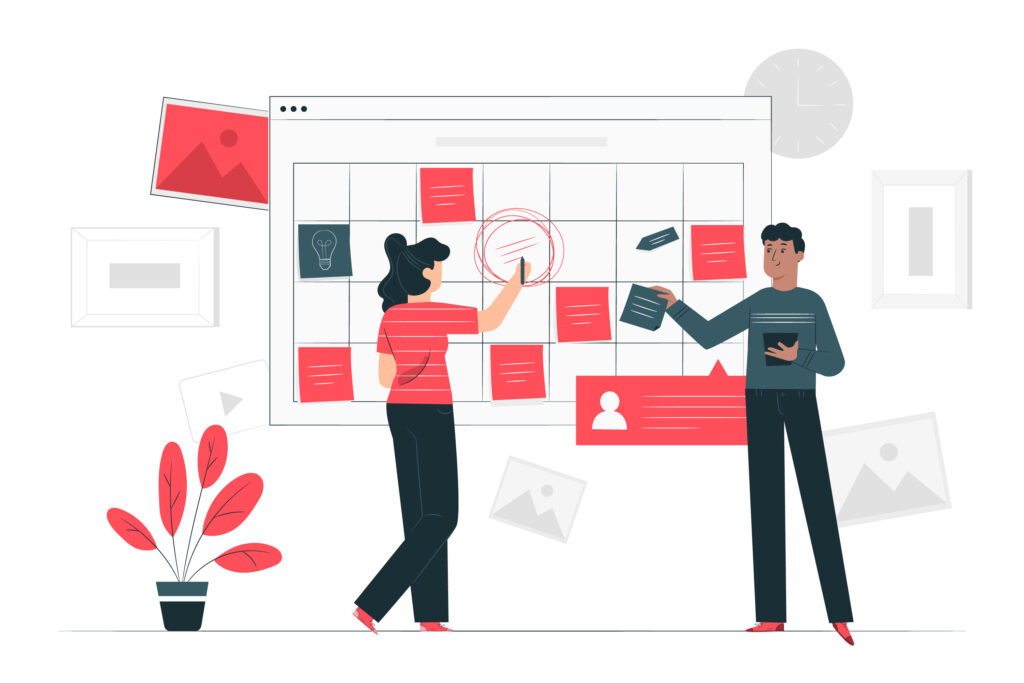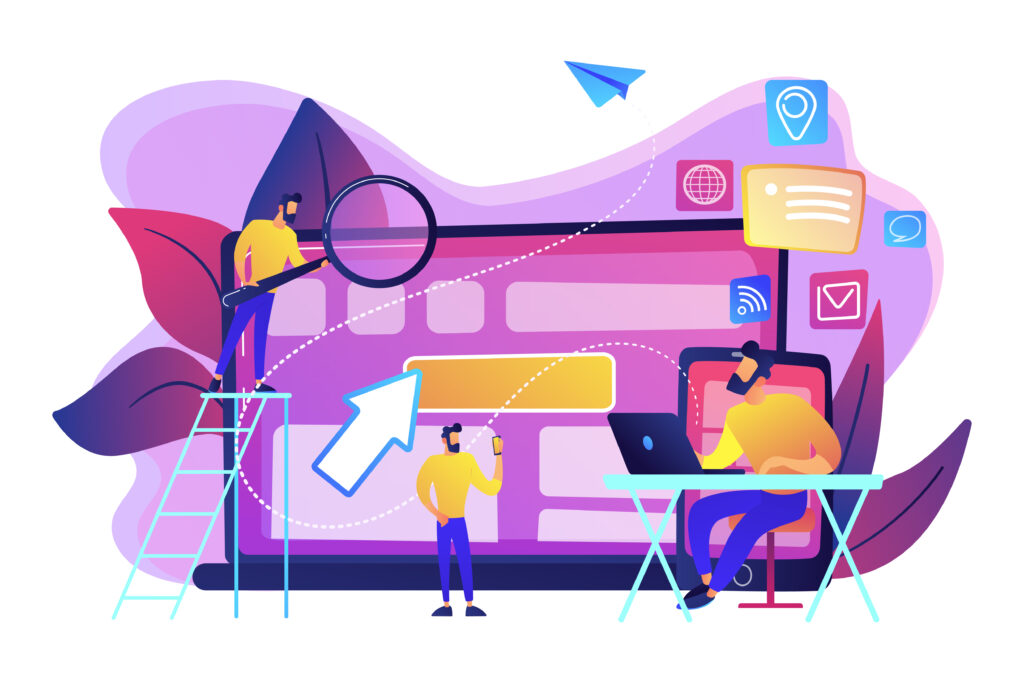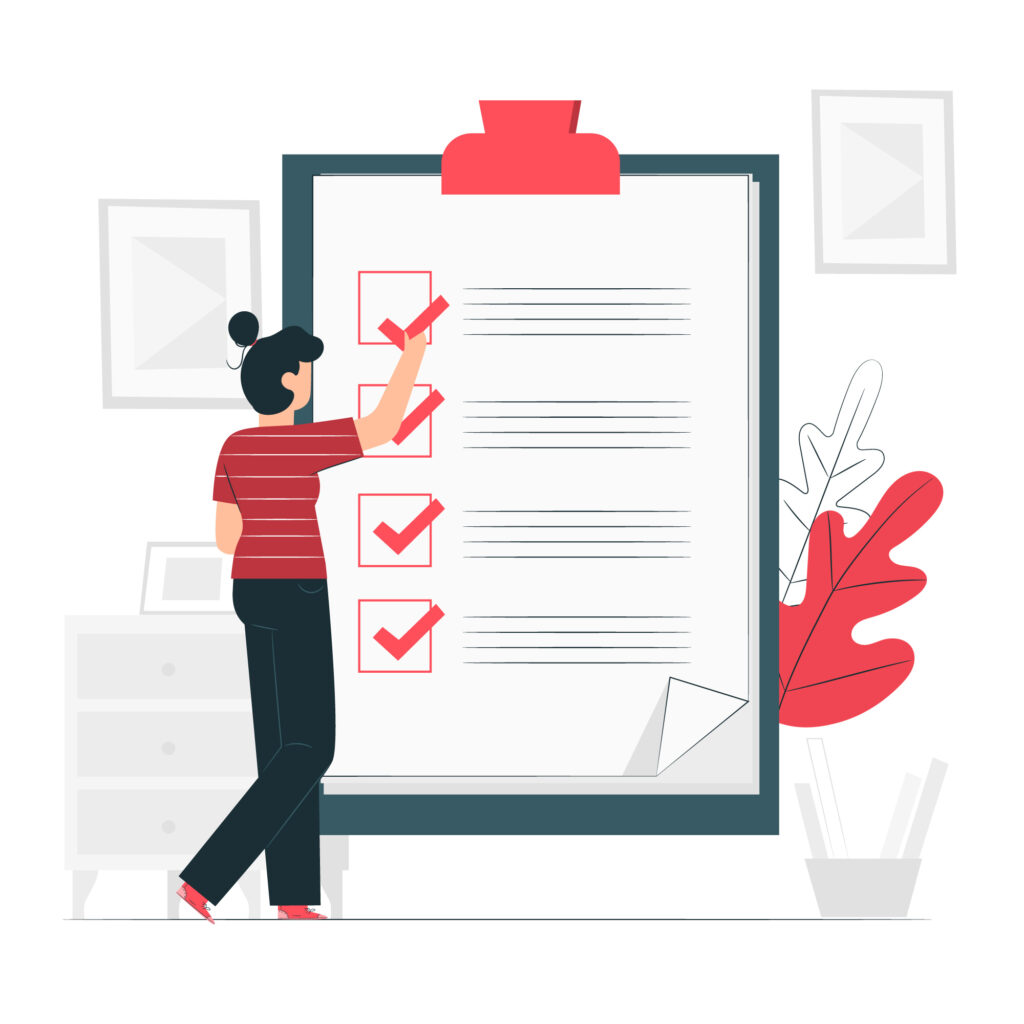What Are Backlog Grooming Process Steps?
The backlog grooming process steps, also known as backlog refinement, involves regularly updating the product backlog. Its primary objective is to maintain the backlog’s current status and prepare backlog items for future sprints. The product manager, product owner, and team actively prioritize, review, and discuss backlog items, ensuring they correctly order upcoming sprint workloads.

Failure to keep the backlog current can pose challenges for the project team in prioritizing work. This may result in working on outdated tasks or requests, leading to wasted time and resources. In the worst-case scenario, the backlog could become so extensive that task prioritization becomes nearly impossible. Therefore, a well-maintained product backlog is vital for teams following Agile methodologies.
Understanding the Significance of Backlog Grooming in Agile
Backlog grooming stands as a crucial practice for any Agile team aiming to consistently refine their products or services. This importance stems from the fact that the backlog encompasses fixes, enhancements, and new features. Mark Cruth, Atlassian’s Modern Work Coach, emphasizes finding a balance: “Too much refinement introduces waste, while too little planning proves ineffective.”
Agile backlog grooming encompasses:
- Firstly, selecting user stories to pursue in the upcoming sprint.
- Secondly, trimming the backlog of stories irrelevant to the team’s current objectives.
- Incorporating stories based on evolving customer needs.
- After that, estimating timelines and deliverables.
- Finally, breaking down overly large user stories into manageable tasks.
Backlog grooming benefits
A backlog refinement session facilitates alignment among the team and stakeholders regarding strategic task priorities. The ultimate aim is to maintain a current backlog that reflects customer and business requirements, thereby enhancing overall Agile project management and readiness for the next sprint.

The advantages of keeping a well-managed backlog are plentiful for Agile teams striving for ongoing enhancement in their practices. Among the numerous benefits of backlog grooming are:
- Streamlined sprint planning: With a well-structured and prioritized backlog, planning the upcoming sprint becomes effortless, enabling the team to select items for the sprint more effectively.
- Enhanced collaboration: As backlog grooming engages all team members, it fosters better communication and collaboration within the team.
- Focus on meaningful tasks: By consistently reviewing and prioritizing backlog items, the team ensures that their sprints concentrate on tasks that are most essential.
The Backlog Grooming Process
The process of backlog grooming involves collaboration among the product owner, project manager, and the team, aiming to prioritize backlog items aligned with customer and business needs. Here’s a breakdown of the steps involved:
1. Collect and Analyze Data:
Gather various data sources such as customer feedback, user testing results, and usage analytics. Identify areas where users encounter difficulties or drop off, which will translate into backlog items. This data aids in prioritizing tasks for implementation, likely already part of existing company processes such as customer success, support, and quality assurance.
2.Incorporate Learnings:
Analyze the gathered feedback and integrate relevant insights into the product backlog. This may involve adjusting or removing existing items and adding new ones, including epics, non-functional requirements, and design sketches. Occasionally, reassessment may reveal that the product goal is no longer viable within time and budget constraints, necessitating adjustments to both the backlog and product roadmap.
3. Decide Next Steps:
Following the incorporation of new insights, determine the next course of action and set the sprint goal accordingly. Consider validating needs, mitigating risks, or developing/enhancing functionalities. Utilize tools like sprint goal templates to articulate the objective clearly.
4. Categorize Backlogged Items:
Organize identified friction points into backlog items, ensuring proper grouping and categorization. This may encompass listing user stories, feature requests, new features, customer feedback, and bugs within the backlog.
5. Reprioritize Backlogged Items:

Regularly reassess the backlog to prioritize items based on customer value, with higher-value items taking precedence. Methods like opportunity scoring, informed by user research, aid in this reprioritization. Sprint reviews present an opportunity to adjust priorities during an active sprint.
6. Plan the Sprint:
Once backlog items are prioritized, construct a sprint focused on the highest-priority tasks. Reflect on lessons learned from previous sprints to guide selection. Maintaining a backlog covering at least two weeks’ worth of sprints facilitates better product roadmap planning.
7. Prepare High-Priority Items:
Ensure that high-priority user stories are ready for implementation by making them clear, feasible, and testable. This might involve creating user interface designs and operational quality constraints. Address any dependencies between teams if multiple teams are involved in product development. Once prepared, these stories can be pulled into the sprint backlog or Kanban board for implementation.
Recommended Practices for Effectively Refining Your Backlog:

1. Maintain Manageable Backlog: Keep your backlog up-to-date, detailed, and well-organized to ease management during implementation. Ensure it contains at least two sprints’ worth of work to provide a clear direction for the product and facilitate prioritization.
2. Time Grooming Sessions Wisely: Schedule grooming sessions around the middle 60% of the sprint to leverage insights from the ongoing sprint for prioritization and estimation decisions. This timing also allows ample preparation for the subsequent Sprint Planning session.
3. Foster Team Participation: Encourage every team member to contribute ideas and engage in discussions about backlog items, even if they can’t attend meetings in person. Their input is valuable for shaping the product and fostering ownership of tasks.
Recommended Practices for Effectively Refining Your Backlog:
- Conduct Effective Meetings: Organize backlog refinement meetings frequently, with a structured agenda and duration of 45 to 60 minutes. Project managers should facilitate these meetings, akin to a Scrum master.
- Apply DEEP Criteria: Prioritize backlog items based on their Detailed appropriately, Estimated, Emergent, and Prioritized (DEEP) characteristics. This method offers adaptability, detailed information, and accurate estimates for high-priority items.
- Utilize Definition of Ready (DoR): Establish clear criteria to determine when a task is ready for inclusion in a sprint, ensuring that the team has all necessary information and resources to execute it effectively.
- Prepare Thoroughly: Gather insights from various sources such as customer success, support, QA, and past sprints to inform the grooming process effectively.
- Break Work into Chunks: Divide tasks into manageable segments with smaller sprints instead of attempting to complete everything within a single sprint, facilitating better focus and progress tracking.
- Seek Input from Team Members: Leverage the firsthand insights and expertise of team members to refine the backlog, enhancing its relevance and feasibility.
Who attends Backlog Grooming Steps setup Meetings?
Who participates in backlog grooming meetings is crucial for their effectiveness. These sessions are designed to be collaborative, involving the entire cross-functional team to ensure comprehensive input in refining user stories. Here’s a breakdown of the roles typically involved:
- Facilitator: The session requires someone to guide the process, whether it’s the product owner, product manager, scrum master, project manager, or an agile coach/consultant.
- Product Owner and/or Product Team Representatives: Their insights are crucial for aligning backlog items with product goals and customer needs.
- Delivery Team: Members directly involved in product development provide valuable technical perspectives and feasibility assessments.
- QA Representatives: Their input ensures that quality considerations are integrated into backlog refinement.
It’s important to strike a balance in inviting participants. While cross-functional collaboration is encouraged, excessive input can hinder progress. Therefore, only essential individuals should be invited to maintain focus and efficiency.
Executive stakeholders, while well-intentioned, typically do not need to attend grooming meetings. Their involvement is more relevant in pre-grooming discussions with the product owner or manager to align strategic priorities. This ensures that grooming sessions remain focused on detailed refinement rather than high-level strategic discussions.
How long should backlog grooming take?
Backlog refinement sessions don’t adhere to a strict duration, but it’s generally recommended to avoid prolonged meetings. The consensus suggests that an optimal length falls within the range of 45 minutes to 1 hour.
Efficiency is paramount during grooming sessions to maintain momentum and focus. Some teams opt to allocate time limits for each user story to ensure progress. Here, the role of a project manager, scrum master, or facilitator becomes invaluable in guiding discussions and adhering to the agenda. While it may feel like cramming a lot of work into a short timeframe, adequate preparation ensures that sessions remain productive and effective.
Steps for a product owner to prepare for Backlog Grooming?

Preparation is essential for all participants in a backlog grooming session, particularly for product owners and managers, whose lack of preparation can disrupt efficiency. Here’s a guide to pre-session preparation to ensure a productive mindset:
- Revisit Strategic Objectives: Begin by revisiting the overarching strategy outlined in the product roadmap. While there’s no need for a complete overhaul each time, it’s crucial to keep high-level objectives in focus.
- Engage with Stakeholders: Regularly communicate with both internal (executives) and external stakeholders (customers) to gather feedback. As a product representative, you serve as a bridge between stakeholders and strategic objectives.
- Review Key Metrics: Check the results of any ongoing experiments and monitor the health of key metrics. Take note of significant changes that may impact backlog prioritization.
After this preparatory phase, consider the following questions:
- What are the current key themes and stories?
- Why are these considered top-priority at present?
- What is their value, and how does it align with our strategic objectives?
Armed with these answers, you can anticipate the direction of the next few sprints. It’s advisable to adjust backlog priorities based on new insights and evolving needs before the grooming session, although some teams prefer to conduct this re-prioritization collaboratively during the session to facilitate discussion around shifting priorities.
What is a DEEP product backlog?
A DEEP product backlog is characterized by several key traits represented by the acronym DEEP:
- Detailed Appropriately: Each item in the backlog contains sufficient contextual information for the cross-functional team to understand and discuss effectively.
- Emergent: The backlog is flexible enough to accommodate new stories and items as new information emerges. There’s a recognition that backlog items are not set in stone and can evolve over time.
- Estimated: The effort required for each user story is roughly estimated using a standardized measure agreed upon by the team. This estimation aids in prioritization and planning.
- Prioritized: Backlog items are ranked based on their perceived value and strategic alignment with the overall objectives of the product.
Ultimately, the specifics of what needs to be accomplished during backlog grooming will vary based on the team’s unique process and requirements.
[Want to learn more about the backlog grooming process steps? Click here to reach us.]
Conclusion
In conclusion, the backlog grooming process steps serve as the cornerstone of effective Agile project management, enabling teams to navigate the complexities of software development with precision and agility. With the support of Bobcares support services, teams gain access to a wealth of expertise and resources, empowering them to leverage advanced features and tools for software development.
By adhering to the outlined steps and best practices, coupled with the assistance of Bobcares, teams can streamline their workflows, enhance collaboration, and accelerate the delivery of high-quality products to market. Embracing the backlog grooming process as a core component of their Agile methodology, organizations can effectively adapt to changing requirements, prioritize tasks efficiently, and drive continuous improvement in their development endeavors.







0 Comments